Joyflex Intraartikuler Injection
Joyflex Intraartikuler Injection is a pharmaceutical product used in the treatment of osteoarthritis. We have delved into the details of this medication, including its composition, usage, and origin, to provide you with a comprehensive overview.
| Dosage form | |
|---|---|
| Pack size | |
| Potency | 40 Mg/2Ml 1X2Ml |
| Manufacturer | |
| Origin | |
| Generic Name (Ingredient) | Sodium Hyaluronate 20 Mg / Ml, Sodium Chloride, Sodium Dihydrogen Phosphate Dihydrate, Dibasic Sodium Phosphate Dodecahydrate, Wfi Grade Water. |
Assuming your emergency circumstances for this product, visit Urgent Quotation page. Besides, for any pharmaceutical questions, please ask us in the comments section.
Description
Joyflex Intraartikuler Injection Composition
Active Ingredients
- Sodium Hyaluronate: Each vial of Joyflex contains 32 mg/2 mL of sodium hyaluronate. It is sourced from biotechnology (no animal protein) and is native hyaluronic acid (not chemically modified).
- MSM (Methylsulfonylmethane): Joyflex also contains 100 mg/2 mL of MSM, a naturally occurring sulfur compound that may have anti-inflammatory properties.
Additional Components
- The sodium hyaluronate in Joyflex has a molecular weight between 800,000 and 1,200,000 Dalton.
- The raw material is sourced from Europe, specifically Italy.
- Joyflex’s unique formulation is patented, making it distinct in its composition and origin.
Mechanism of Action
Joyflex exerts its action through the following mechanisms:
- Penetration: Sodium hyaluronate, the active ingredient in Joyflex, readily penetrates the cell wall of most Gram-positive and Gram-negative bacteria.
- Inhibition of Cell Wall Synthesis: Once inside the bacterial cell, sodium hyaluronate interacts with penicillin-binding proteins (PBPs), which play a crucial role in cell wall synthesis. By interfering with PBPs, Joyflex disrupts the formation of the bacterial cell wall, weakening its structural integrity.
- Cell Death: The compromised cell wall integrity eventually leads to cell lysis and death.
Joyflex’s unique composition, including sodium hyaluronate, contributes to its efficacy in providing relief for joint discomfort associated with osteoarthritis.
Usage and Administration
Dosage Form
Joyflex is available in injection form.
Manufacturer and Origin
- Manufacturer: Alfakjn-Italya
- Origin: Italy
Potency
Each vial of Joyflex contains 40 mg/2 mL (1X2 mL) of the active ingredient.Administration
Joyflex is administered via intra-articular injection directly into the damaged joint. It is a one-time treatment for osteoarthritis cases in Turkey.
Contraindications
Joyflex Intraartikuler Injection should not be used in the following situations:
- Periarticular infection/skin infection overlying injection site
- Broken skin at the injection site
- Septic arthritis
- Periarticular or intra-articular fracture
- Joint instability
- Juxta-articular osteoporosis
- Known hypersensitivity to the agent
- Prosthetic joint (relative contraindication)
- Unstable coagulopathy
- Before total joint replacements
Onset of Results
The onset of results after using Joyflex Intraartikuler Injection can vary based on individual factors and the specific condition being treated:
- Immediate Relief: Some patients may experience immediate relief from pain and discomfort after the intra-articular injection, but this is often due to the local anesthetic component rather than the active medication.
- Short-Term Pain Reduction: Short-term pain reduction can occur within a few days to a week after the injection, with improved joint mobility and reduced inflammation.
- Long-Term Effects: The long-term effects of Joyflex typically become more apparent over several weeks to months, with gradual improvement in joint function, reduced pain, and increased comfort.
- Individual Variation: Responses to intra-articular injections can vary significantly among individuals, and some patients may experience substantial relief, while others may have a more modest response.
Always consult your healthcare provider for personalized guidance and to monitor your progress.
Conclusion
Joyflex Intraartikuler Injection is a pharmaceutical product used in the treatment of osteoarthritis. Its unique composition, including sodium hyaluronate and MSM, contributes to its efficacy in providing relief for joint discomfort. However, it is essential to consult a healthcare professional before using Joyflex and adhere to the recommended dosage and administration guidelines.
Table: Key Information
| Parameter | Details |
|---|---|
| Generic Name (Ingredient) | Sodium Hyaluronate 20 mg/mL, Sodium Chloride, Sodium Dihydrogen Phosphate Dihydrate, Dibasic Sodium Phosphate Dodecahydrate, Wfi Grade Water |
| Manufacturer | Alfakjn-Italya |
| Origin | Italy |
| Dosage Form | Injection |
| Pack Size | 1 |
| Potency | 40 mg/2 mL (1X2 mL) |
Disclaimer: This article provides general information and should not replace professional medical advice. Always consult your healthcare provider for personalized guidance.
1 review for Joyflex Intraartikuler Injection
Use the form below to report an error
Please answer the questions as thoroughly and accurately as possible. Your answers will help us better understand what kind of mistakes happen, why and where they happen, and in the end the purpose is to build a better archive to guide researchers and professionals around the world.
The information on this page is not intended to be a substitute for professional medical advice, diagnosis, or treatment. always seek the advice for your physician or another qualified health provider with any questions you may have regarding a medical condition. Always remember to
- Ask your own doctor for medical advice.
- Names, brands, and dosage may differ between countries.
- When not feeling well, or experiencing side effects always contact your own doctor.
Cyberchondria
The truth is that when we’re sick, or worried about getting sick, the internet won’t help.
According to Wikipedia, cyberchondria is a mental disorder consisting in the desire to independently make a diagnosis based on the symptoms of diseases described on Internet sites.
Why you can't look for symptoms on the Internet
If diagnoses could be made simply from a textbook or an article on a website, we would all be doctors and treat ourselves. Nothing can replace the experience and knowledge of specially trained people. As in any field, in medicine there are unscrupulous specialists, differences of opinion, inaccurate diagnoses and incorrect test results.

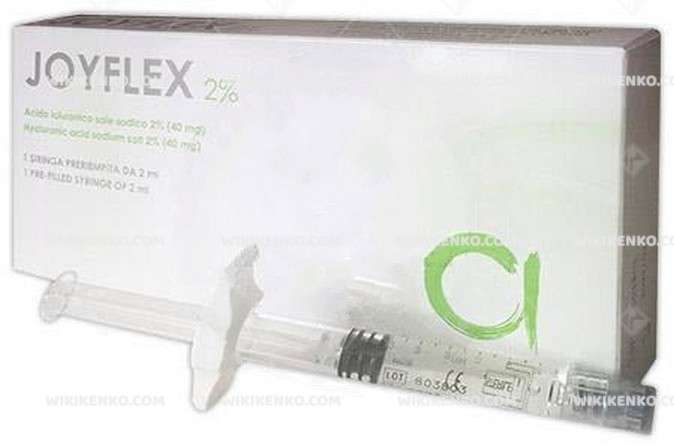
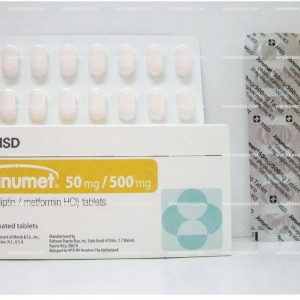
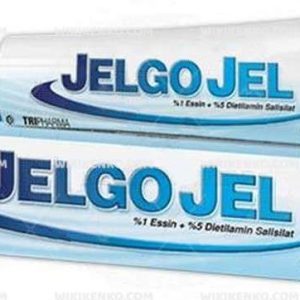
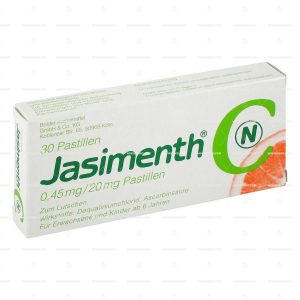
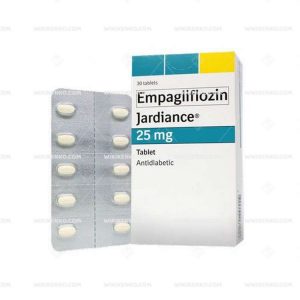
Ladó Magdolna –
Good!!!!
Medical Guidance Center –
Hello Chris, this is WikiKenko.
Intra-articular injections are a method that physicians may use to treat joint pain. This method offers direct access to the source of pain for the troubled patient. Substances ranging from steroids to hyaluronic acid have been injected successfully into various joints of the body in an attempt to provide relief for chronic joint pain. An intra-articular injection is a type of shot that’s placed directly into a joint to relieve pain. Corticosteroids (steroids), local anesthetics, hyaluronic acid, and Botox are the most common substances injected into joints for this treatment.
The two main side effects associated with intra-articular injections are infections and local site reactions. Other side effects can occur in relation to the specific drugs or substances injected. For example, side effects of intra-articular hyaluronic acid injections include muscle pain and stiffness, difficulty moving, joint pain, and swelling or redness in the joint. Other less serious side effects include bleeding, blistering, discoloration of the skin, itching, numbness, tingling, and tenderness.